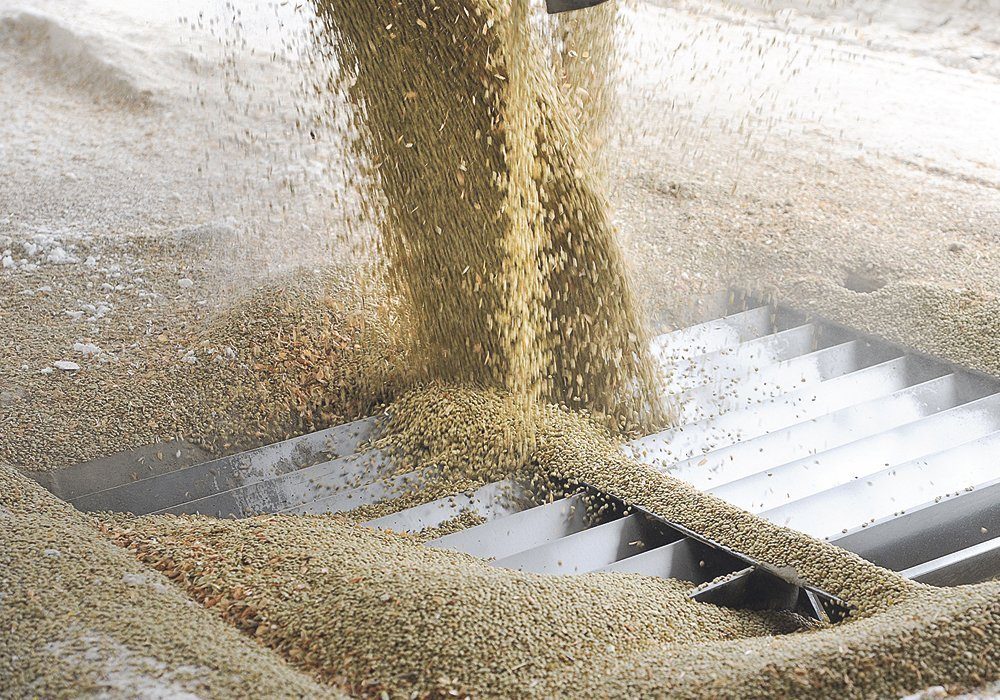India buying lentils again | The Western Producer

Canada’s lentil trade with India is resuming and that bodes well for prices, say industry executives.
“I’ve heard that four or five vessels of lentils have already been traded by the big companies,” said Vivek Agrawal, director of JLV Agro.
The vessels are supposedly booked for shipment in May or June.
G. Chandrashekhar, senior editor of the Hindu Business Line, has heard reports that Indian importers have bought up to 500,000 tonnes of Canadian lentils in anticipation of a reduction in the country’s import duty on the crop.
Jeff Van Pevenage, president of Columbia Grain, has heard that a couple of vessels of Canadian lentils have been sold but he was surprised to hear the 500,000 tonne estimate.
He noted that the United States is going to be out of lentils by the end of July and that Canada’s stocks were 1.44 million tonnes at the end of March, 15 percent below the previous year’s levels.
“If you throw India in the mix for 500,000 tonnes of lentils in the next three months, the market is going to be pretty stiff,” he said.
Agrawal said there are widespread rumours that India will drop its tariff to 10 percent from 30 percent likely sometime in mid- to late-May.
He expects the reduction will be for a minimum three months but possibly as long as six months.
The lower tariff rate would make Canadian lentils that are trading at $760 to $780 per tonne competitive in the Indian market.
Van Pevenage has heard the same rumours, although the timeline he is hearing for the tariff reduction is late May or early June.
He thinks the new tariff will remain in place until November or December when Australia’s crop is harvested.
Agrawal said the reason the government is considering a reduction in the tariff is that farmers are harvesting what the trade anticipates will be a one million tonne rabi (winter) lentil crop. That would be well below the government target of 1.35 million tonnes.
India annually consumes two to 2.2 million tonnes of lentils and there is no carryout from the previous year, so supplies will likely need to be bolstered through imports.
Saurabh Bhartia, Viterra India’s senior trader, recently told the Global Pulse Confederation that he anticipates somewhere between 800,000 and one million tonnes of imports in 2021-22.
Agrawal noted that red lentils are consumed in the eastern part of the country, which is a price sensitive market. If prices climb too high, people will switch to other cheaper pulses.
Green lentils are consumed in southern India as an alternative to pigeon peas when pigeon pea prices are high like they are today.
Agrawal said the anticipated reduction in import duties could extend into the time that Canadian farmers are harvesting their 2021 lentil crop.
Van Pevenage said it all adds up to firm new crop pricing, especially for green lentils because supplies will be really tight for that commodity.
He forecasts less than 150,000 tonnes of American green lentil production if the region fails to receive timely rains over the next four months.
Agrawal does not foresee the government dropping its import restrictions on yellow peas despite what many in the trade believe will be a much smaller than anticipated Indian rabi chickpea harvest.
The trade is forecasting around eight million tonnes of chickpeas versus the government target of 11.5 million tonnes.
However, chickpea demand in India has subsided due to the government’s COVID lockdown of the country.
Chickpeas are selling for 55 rupees per kilogram. Prices would have to rise above 65 rupees per kg before the government takes any action on reducing yellow pea import restrictions, said Agrawal.

